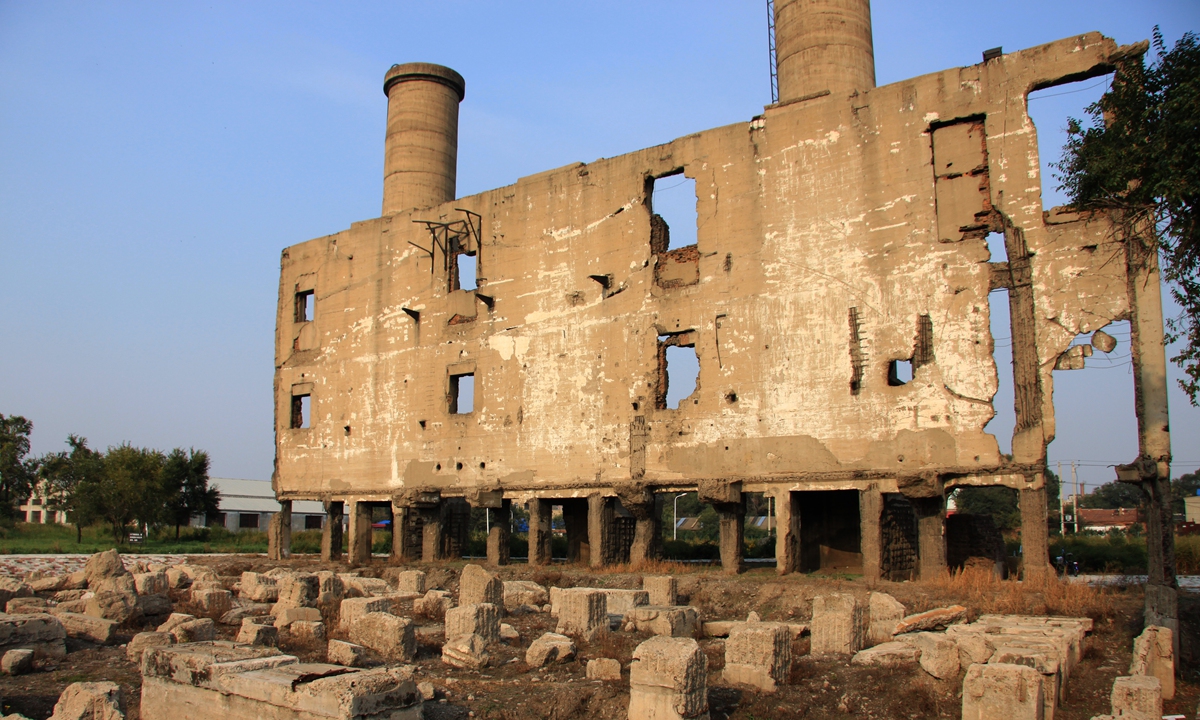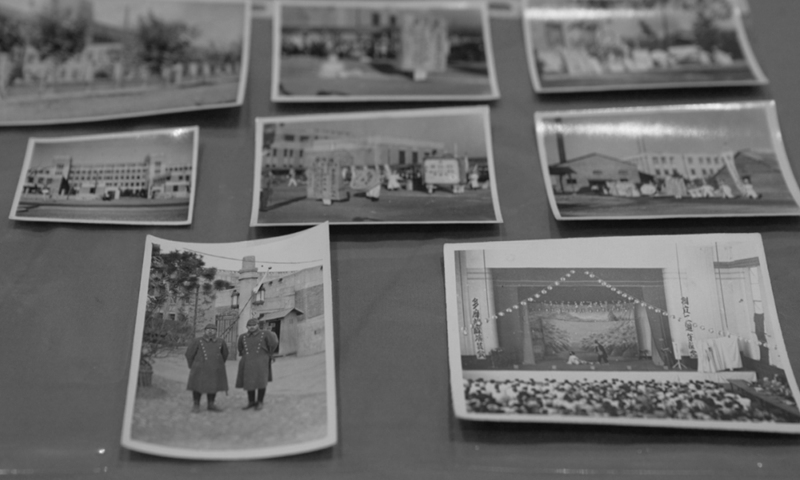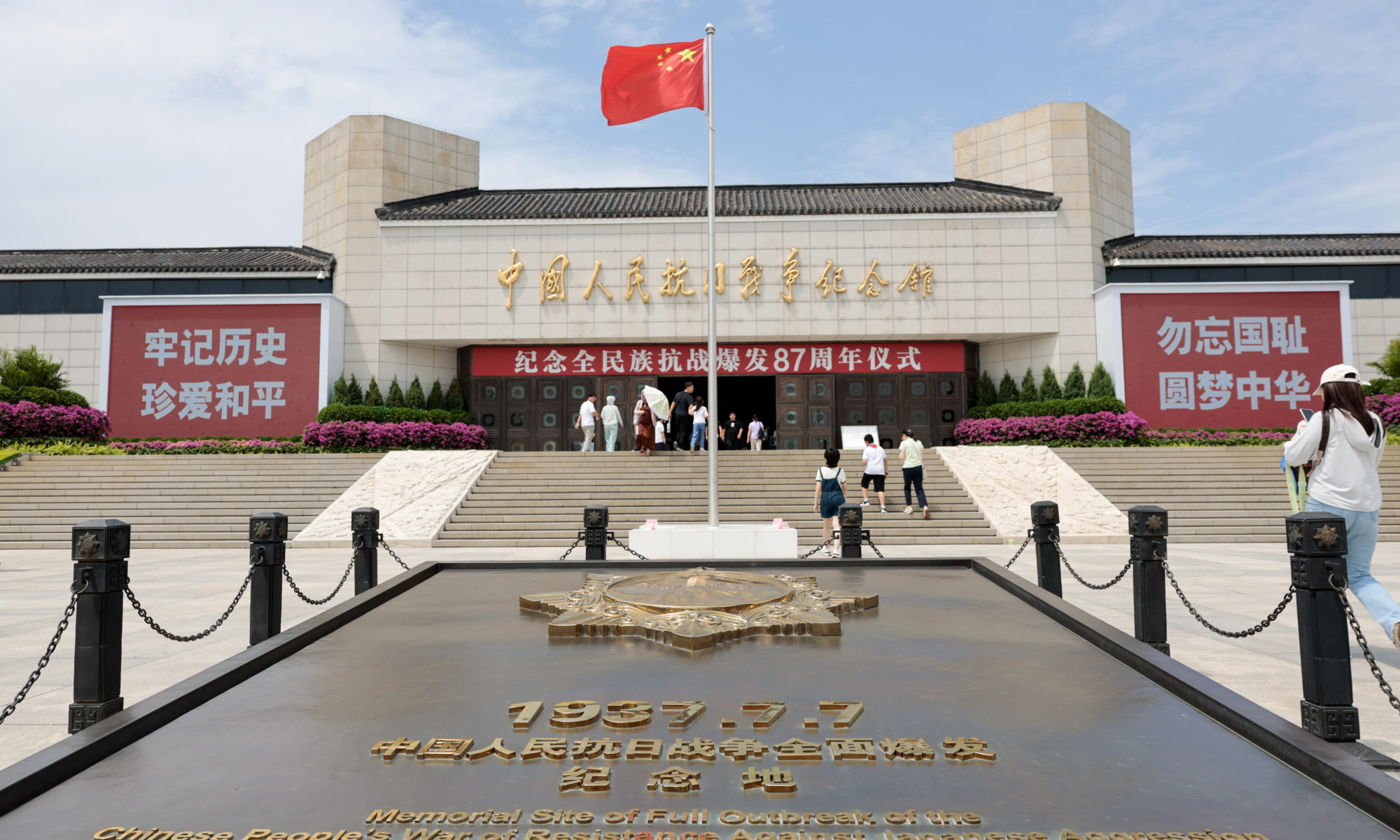IN-DEPTH / IN-DEPTH
Exclusive: More evidence points to connection between over 100 human skulls found in Tokyo and infamous Unit 731's wartime experiments

Ruins of Japan's notorious Unit 731 facilities in Harbin, Northeast China's Heilongjiang Province Photo: VCG
"If the discovery seemed like the opening scene of a murder mystery, it is one that Japan prefers to leave unsolved," the New York Times once commented on the startling and frightening discovery in Tokyo in 1989 of more than 100 human skull suspected of being linked to the Imperial Japanese Army's infamous Unit 731.
Thirty-five years have passed, but whence the skulls came from remains a mystery that Japanese authorities still appear reluctant to solve.
But more and more evidence is pointing to Unit 731, which is notorious for engaging in lethal human experimentation and biological weapons manufacturing during the Chinese people's War of Resistance against Japanese Aggression (1931-45), a Japanese non-governmental organization established the year after the skulls were found revealed to the Global Times in an exclusive interview.
Dark history
The discovery of the remains can be traced back 35 years. On July 22, 1989, a large number of human bones were discovered at a construction site at the National Institute of Health and Infectious Diseases (now the National Institute of Infectious Diseases) in the Shinjuku district of Tokyo. At thet time, the police identified that several of the remains had been buried for over 20 years.
The site where the bones were found was the former location of the Japanese army medical school. After the September 18 Incident that marked the start of Japan's invasion of China in 1931, army doctor Shiro Ishii established a research laboratory within the school's Epidemic Prevention Department. Soon after, the Epidemic Prevention and Water Supply Department of the Imperial Japanese Army, also known as Unit 731, was established and based in Harbin, Northeast China, which was then called Manchuria, for the development of biological weapons. The Japanese army medical school served as the headquarters of the unit.
As the burial site was located north of the original epidemic prevention laboratory, the Shinjuku district government said that the bones may belong to "the victims of live human experiments conducted by Unit 731 in Manchuria."
Residents of Shinjuku requested that Japan's Ministry of Health, Labor and Welfare confirm the identities of the deceased, but their request was denied. The ministry then asked Shinjuku to cremate and bury the remains, but Shinjuku refused. Suspicions of medical crimes during wartime arose, prompting Shinjuku to promise an investigation.
In 1991, anthropologist Hajime Sakura, a retired director of the National Science Museum, agreed to examine the bones, revealing evidence of artificial processing and various injuries.
According to investigation and identification released in 1992, traces were discovered of artificial processing such as drilling, sawing, and cutting on multiple skulls, some of which resemble trepanation procedures for neurosurgery or mastoidectomy. Traces of incisions, puncture wounds, and gunshot wounds were also found. Additionally, there were severed limbs bones, some of which appear to have been fixed with formalin, and others that seem to have been dried specimens of exposed bones.
Sakura clearly stated in a press conference that "these bones are related to the war."
However, over the past few decades, Japanese authorities have obstructed all parties from uncovering the truth, or blatantly lied in an attempt to cover up the truth.

Photos of the Japanese army's Unit 1644, which was as notorious as Unit 731 and committed heinous crimes of performing germ experiments on human beings in China Photo: Xinhua
New evidence
Now by deciphering the records of recently disclosed military medical school personnel, the Japanese non-government organization - the Association Demanding Investigation of Human Bones Discovered from the Site of the Army Medical College - aims to reveal the connection between the human remains and Unit 731.
"The discovered human bones have long been suspected of being related to Unit 731, and with the disclosure of the new material, those suspicions have only grown stronger," Yasusi Torii, a member of the association, said in an e-email sent to the Global Times last week.
"The new material" Torii refereed to are the testimonies and survey responses of individuals associated with a former Japanese army medical school from 30 years ago but were disclosed by the Japanese Ministry of Health, Labour and Welfare just recently.
According to the non-government organization, these records contain firsthand experiences that were not included in the ministry's previous report.
"By deciphering the disclosed records of those affiliated with the Japanese army medical school, we aim to shed light on the relationship between the human remains and Unit 731," the association said in a statement announcing an event on July 20 to mark the 35th anniversary of the discovery of the skulls.
According to the exclusive reply to the Global Times by Kazuyuki Kawamura, representative of the non-government organization, the investigation report from the Ministry of Health, Labor and Welfare, quotes one person affiliated with the school as saying, "In the summer of Showa 15 (1940), I remember receiving a formalin-preserved human head in a drum can from Harbin."
However, based on the disclosed material, the actual statement was "In the summer of Showa XX, a formalin-preserved human head in a drum can was delivered from Harbin, and we were forced to participate in the extraction. I remember I was vomiting."
It was revealed that the Ministry of Health, Labor and Welfare had omitted the respondents' experiences. From this description, it is reasonable to assume that it was sent from Unit 731 in Harbin, Kawamura told the Global Times.
"We plan to present reports like this at the meeting scheduled for July 20," Kawamura noted.
Never give up
Since its founding, the Japanese association has steadfastly dedicated itself to uncovering the truth.
"We are determined to investigate the truth behind the human bones discovered in Shinjuku and, if possible, identify the remains and return them to the families of the deceased," Kawamura said.
In fact, evidence of Unit 731's bacteriological warfare and numerous victims and their families have been discovered in various locations such as the Heilongjiang, Zhejiang, and Hunan provinces in China. If the identities of the remains unearthed in Shinjuku are confirmed, they will serve as concrete evidence of war crimes committed by Japan.


